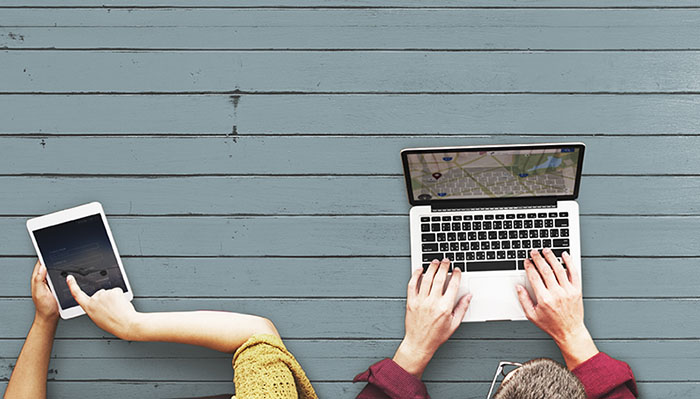Adapting to new ways of (e-)learning
When governments decided that countries should go into lockdown, schools and other educational institutions were forced to implement e-learning tools for pupils, university and VET students as well as adult learners from one day to the next. In the case of school education, parents were required to support – or even cover – the schooling of their children by using the teaching materials provided by their children’s teachers. At the same time, a large variety of commercial online learning offers for adults appeared, from yoga and baking courses to Master classes for all interests and all levels of proficiency.
Non-formal e-learning is something that many of us with children are being given as ideas to help give our families structure, productivity, and keep difficult mental attitudes at bay. If this is true for children, why should we not be taking this advice ourselves? Isaac Newton discovered gravity during his time during pandemic isolation: while that is a far stretch for most of us, we can use adult education to improve our mental competences, teach ourselves better methods of self-care, and help to distract us from the trying times we are all attempting to see through.
Who can access e-learning?
It is important to recognise that e-learning is significantly less accessible for those in vulnerable social and economic situations. During this period, many of us have children to care for, or are working from home with few hours to dedicate to self-care, let alone self-improvement. The greatest barrier to accessibility in a time like this, nevertheless, is digital accessibility: appropriate devices, a good internet access, and adequate digital literacy. Not all institutions take into account that people might be unable to access the necessary resources or training programmes to complete tasks from home.
In order to make e-learning a means for closing gaps of inequality, it is vital that efforts are made to make resources accessible for those that need them. For those that can dedicate time to increased learning activities, the provision of free learning materials, courses and resources would be invaluable to make the most of our free hours. Adults new to e-learning should be given introductions to e-learning tools and how to learn in a self-directed way.
Self-directed learning requires resources
We must recognise that many individuals will not have the opportunity to use this difficult period for self-improvement due to other responsibilities, and help those individuals to feel supported in their decisions, whether attempting to learn, or otherwise. Adult learning and education, while being an imperative for many of us, should, in the first place, mean joy through social inclusion and the development of our skills and capabilities.
This could help to make communities more resilient not only in our ability to see out this pandemic, but also in developing stronger tools for dealing with mental distress and learning how to care for our physical health when so many usual pathways are closed to us (gyms, leisure centres, parks etc.). If these conditions are fulfilled and everyone can be participate in e-learning on equal terms, it can be a powerful source for self-care, social inclusion and personal development.
This article was published as part of a series on the impact of COVID-19 on adult education, and how adult education could help to mitigate the consequences of this global health, economic and social crisis.

